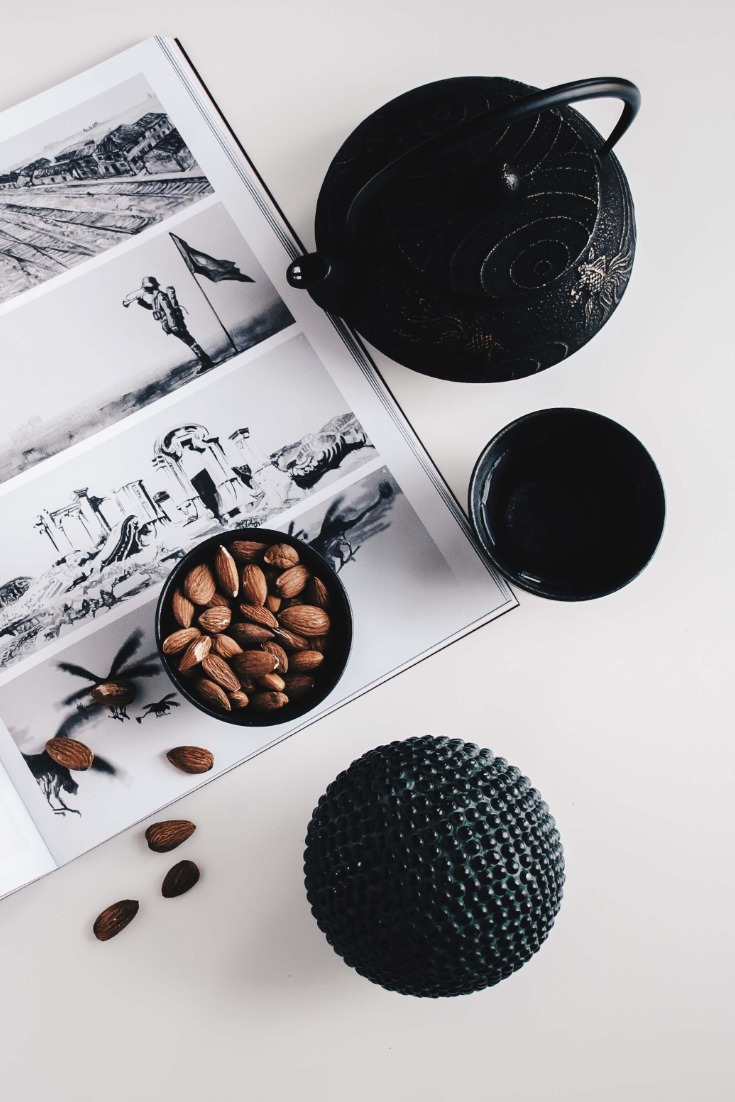Are you into design? Do you even notice it or seek it out. Simplifying a product down to what is truly essential is the art of minimalist design.
“Perfection is achieved, not when there is nothing more to add, but when there is nothing left to take away.”
You might think minimalist design is only something modern, some mid century trend that has caught on again in recent years. You can see it everywhere these days, in graphic, fashion, product and interior design, in art and architecture. An aesthetic based on simplicity and the bare essentials.
Clean, calm, ultra-modern designs are ubiquitous.
Environmental Impact
To truly care about an object you must like the way it works, looks and feels. I believe you can live more sustainability through fewer and better things.
“If it’s not beautiful, it’s not sustainable. Aesthetic attraction is not a superficial concern, it’s an environmental imperative. Beauty could save the planet”
Lance Hosey, the Shape of Green
Products that are long lasting, timeless and simple avoid trends and fashions. This can put a stop to the constant buying cycle and use of our precious resources.
Minimalist Design Over the years
This timeless style goes way back, Even Leonardo Da Vinci was quoted
“Simplicity is the ultimate sophistication”
You could trace it back to a period when things were made simply out of necessity. Japanese culture and design which focuses on adding only what is needed and removing the unnecessary is a perfect example of minimalist design through the ages. Over time, designers, architects and artist throughout the world adopted similar principles.
“less is more” was famously said by architect Mies Van der Rohe to describe his style.
For product design, Dieter Rams is a perfect illustration. He believed in “less, but better” and even penned the 10 principles of good design.
These days designers Noata Fukasawa and Jasper Morrison coined the term “super normal” to describe their work. Their products are both enjoyable to use and to look at without resorting to stylistic gimmicks.
The Art of Minimalist Product Design
No matter whether you use “less is more”, “less, but better or “super normal” to describe a product they are all part of the art of minimalist design.
Minimalist design may appear very simple on the outside, but a lot of thought, time and dedication go into the development and production of a product. It is reduced to its purest form, down to what is truly essential without compromising its function.
The end result is simply beautiful without the clutter of unnecessary features. All the remaining features work together without competing with each other. A perfect balance of simple form and function is achieved.
Remember a product has to be useful, it’s bought to be used or experienced.
Ideally minimalist design stands the test of time, without requiring changes for the sake of change.
Did you notice that this type of long lasting design can be much more sustainable than disposable junk. Stuff that is just trash in transition.
Details
You might ask why they cost so much if they are so simple?
Care and accuracy must be followed down to the last details. User experience is considered every step of the way. Components may be more complicated to fulfil multiple functions. Materials used must be of the highest standards and their finish is as important as their function. New technology may be required for manufacturing these simple looking but complex details.
In the end
Minimalist design should stand the test of time. It should be long lasting and avoid being trendy, therefore never appearing antiquated. Simply beautiful and timeless are the ultimate goal.
What timeless products do you have? What do you cherish? Leave a comment.
Hope you can enjoy the art of minimalist product design.
Please share on your socials or even better subscribe below for regular updates. Thanks for reading,
Pat
Pat is a Ski Patroller/Avalanche Technician with a keen interest in design and sustainable living due to a longtime passion for the outdoors. Seeing glaciers melt, seasons change, summer skies full of smoke and beach pollution first hand, motivate him to make a difference.
As Yvon Chouinard Founder of Patagonia says “If you are not part of the solution, you are still part of the problem”.

